How do I spread peat moss?
glad2garden
14 years ago
Featured Answer
Sort by:Oldest
Comments (9)
texas_weed
14 years agoRelated Professionals
Jennings Landscape Architects & Landscape Designers · Berwyn Landscape Contractors · Camp Verde Landscape Contractors · Davis Landscape Contractors · Dedham Landscape Contractors · Deerfield Landscape Contractors · Elkridge Landscape Contractors · Mason Landscape Contractors · Middle River Landscape Contractors · Pleasanton Landscape Contractors · Ronkonkoma Landscape Contractors · Washington Landscape Contractors · West Orange Landscape Contractors · Vadnais Heights Landscape Contractors · Charleston Swimming Pool Buildersglad2garden
14 years agotexas_weed
14 years agobpgreen
14 years agoglad2garden
14 years agojeannie7
14 years agobpgreen
14 years agordaystrom
14 years ago
Related Stories

HOUSEPLANTSBaby Tears Mimics Moss for a Green Accent Indoors
This adaptable spreader thrives in water or soil, making it a terrific addition to containers and living walls
Full Story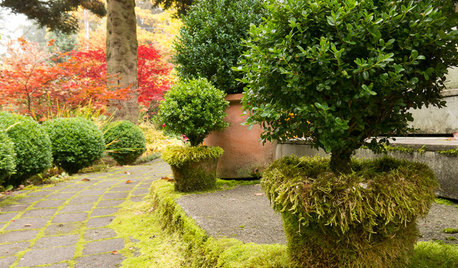
LANDSCAPE DESIGNEvoke Mystery and History With Moss in the Garden
Go ahead, lie about age. Moss on garden statues, planters and pavers creates the beautifully deceptive look of time’s passing
Full Story
GREEN BUILDINGWorld of Design: The Joy of Moss and Its Modern Uses
This great design plant is 400 million years in the making. See how it’s inspiring art, soothing spaces and building design
Full Story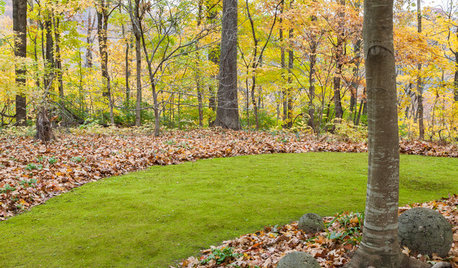
LANDSCAPE DESIGNMoss: Nature’s Carpet for the Garden
Learn how to grow and use this ancient and mysterious natural wonder for delightful texture in the landscape
Full Story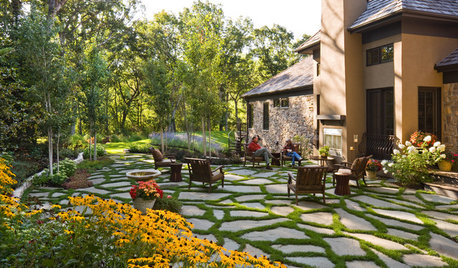
GARDENING AND LANDSCAPINGPatio Pavers Go Green in Between
Kind to the environment and easy on the eyes, pavers with moss or other foliage in the joints create a charming permeable hardscape
Full Story
LANDSCAPE DESIGN7 Low-Maintenance Lawn Alternatives
Turf isn't the only ground cover in town. Get a lush no-grass lawn with clover, moss and other easy-care plants
Full Story
EDIBLE GARDENSNatural Ways to Get Rid of Weeds in Your Garden
Use these techniques to help prevent the spread of weeds and to learn about your soil
Full Story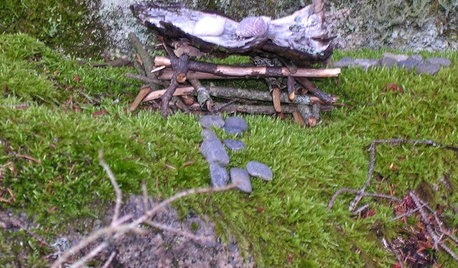
FUN HOUZZSomething a Little Different: Fairy Houses
Miniature abodes crafted for otherworldly creatures capture the imagination
Full Story
HOUSEPLANTSDIY Project: How to Make a ‘Kokedama’ String Garden
Dig in to create a simple, beautiful Japanese-inspired hanging garden
Full Story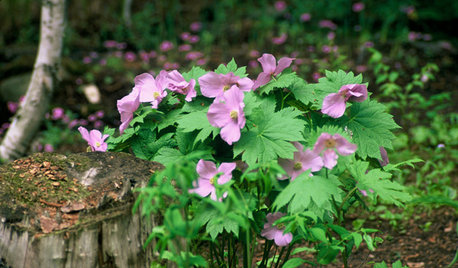
GARDENING GUIDES7 Shade-Loving Rarities of the Plant World
Cultivate a discriminating air in a shady garden patch with these uncommon woodland wonders
Full Story


garycinchicago